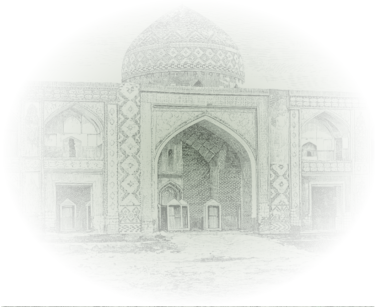Aghudi is a village in the Zangezur uezd of the former Yelizavetpol (Ganja) governorate, later in the former Garakilsa (Sisian) district. The provincial centre lies 97 km to the northwest of the town of Gafan, at a height of 1,650 m above sea level. It was marked as Agudi on the five-verst map of the Caucasus.
The village was inhabited by 60 Azerbaijanis in 1831, 450 in 1873, 903 in 1886, 1,162 in 1897, 1,345 in 1908 and 1,070 Azerbaijanis in 1914. In 1918 the Azerbaijanis were ousted having been exposed to Armenian aggression, massacres. Following the establishment of the Zangezur uezd in Soviet Armenia on 31 August 1921, this settlement was integrated into Armenia’s administrative area. The surviving Azerbaijani inhabitants of the village managed to return to their homes after Soviet power had been established in the present-day ram in the village of Aghudi, 828 in 1959 and 1,222 Azerbaijanis in 1970. In November- December 1988 the Azerbaijanis in the village were completely ousted from their ethnic land by the Armenian state. At present, the village is inhabited by Armenians.
The toponym was coined by combining the word “agh” from Old Turkic in the sense of “respectful, tall, high” and the name of the Turkic Uti//Udi tribe. It is an ethnotoponym.
By the decree of the Presidium of the Supreme Soviet of the Armenian SSR dated 3 April 1991, the village was renamed “Aghitu”. According to the law “On the Administrative- Territorial Division of the Republic of Armenia” dated 7 November 1995, it was integrated into the administrative area of the Syunik province.
Geographic coordinates: latitude: 39°30’ N., longitude: 46°04’ E.
